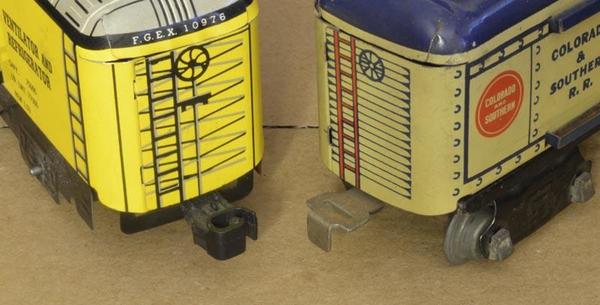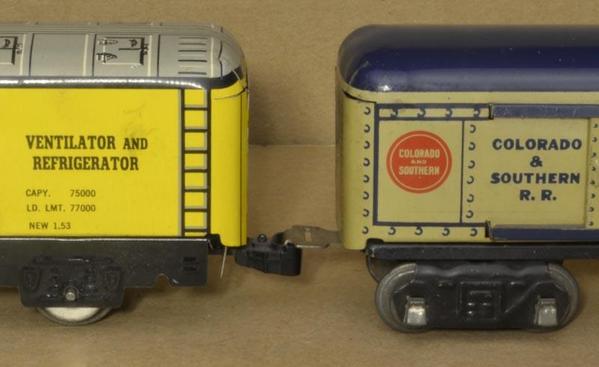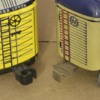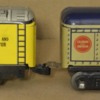I found this little gem at the Western Train and Railroadania show in Vancouver BC today. It looks just like Marx to me but the wheels are plastic of some kind. The only other Marx I have is a Commodor Vanderbilt and a few of the red passenger cares that go behind it so like the saying goes.. I don't know art, butI know what I like.
My question is, is this actually Marx, and if so when did plastic wheels come about?
Thanks for your info in advance,
John Z.








